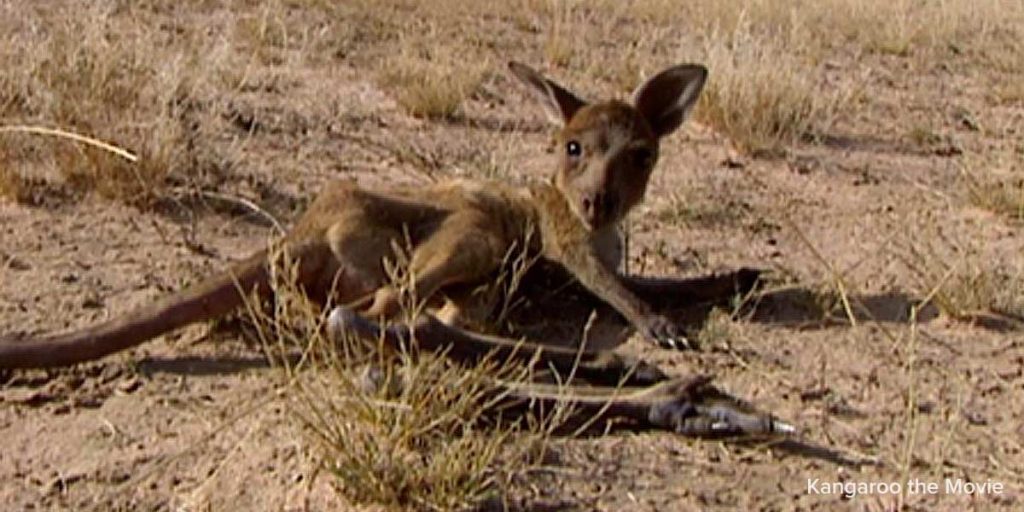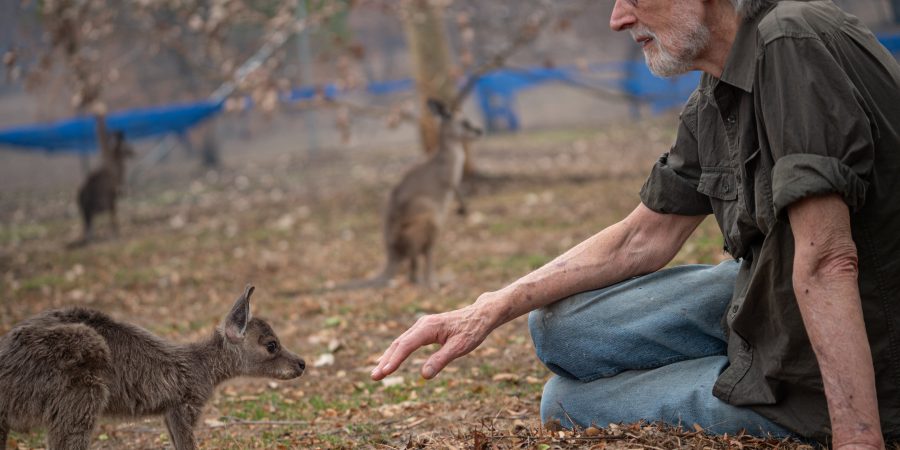Few people are aware that Australia’s national icon has become the target of a brutal slaughter. Kangaroo shooting in Australia is mass-killing by a commercial industry.
Even after the devastating 2019-20 summer fires ravaged much of the country, the Australian Federal Government continued to give shooters a green light to kill millions of these gentle animals — all for the sake of profit.
Kangaroos are being slaughtered purely for money — fuelled by the international trade in kangaroo ‘leather’ and meat products. Not only is the trade unnecessary and inherently cruel, as highlighted in the acclaimed documentary film ‘Kangaroo — a Love-Hate story’, experts are warning that the relentless slaughter is placing increased pressure on kangaroo numbers, putting the future of this unique species at risk.
Hidden far from the eyes of the public, the commercial kangaroo kill occurs in isolated locations, often in the remote Australian outback, that make effective monitoring nearly impossible. ‘Useless’ orphaned joeys are decapitated or swung forcibly against a towbar. Some simply starve or are picked off by predators without the care of their mum. Of the millions of native kangaroos who are shot and killed every year, it’s unknown how many more escape wounded, only to endure a long and painful death.










